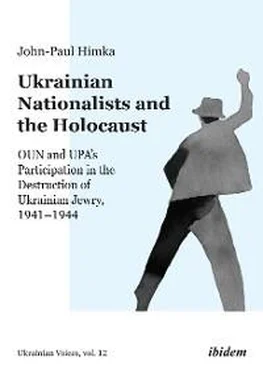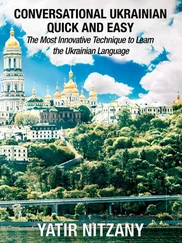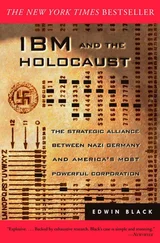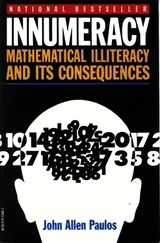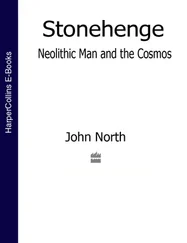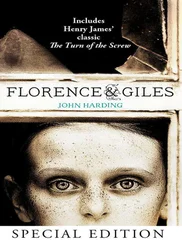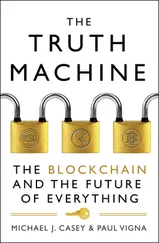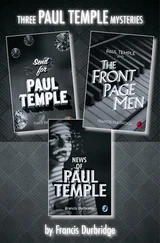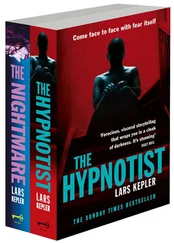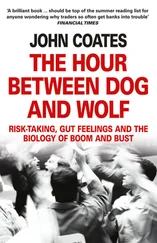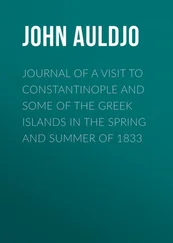Pioneer Historiography of the Holocaust in Western Ukraine
A central figure in the early development of the historiography of the entire Jewish catastrophe survived the war in Western Ukraine, in Lviv (P Lwów). This was Philip Friedman, who had already made a name for himself in the interwar period as a historian of the Jewish population of Galicia. His doctoral dissertation from the University of Vienna, which was published in 1929, concerned the emancipation of Galicia’s Jews in 1848-68. 1He was an impeccably professional historian, who began to gather information on the Holocaust during the Holocaust itself. He survived the mass murder by hiding outside the ghetto, i.e., on the Aryan side, but his wife and daughter both perished. After the war, Friedman played a major role in collecting survivor testimony for the Central Jewish Historical Commission in Poland and was later active in many of the early projects to gather sources for writing Holocaust history. He spent the last years of his life in the United States, mainly associated with Jewish scholarly institutions such as YIVO in New York and Yad Vashem in Israel, but he also lectured at Columbia University. 2
Friedman wrote two short studies of particular relevance to this monograph. One was an account of the destruction of the Jews of his native Lviv; the first edition came out in 1945 and several expanded editions appeared later, the last in 1956. 3He also wrote a survey, very careful and balanced, of Ukrainian-Jewish relations during the period of German rule, focusing almost exclusively on Galicia and Volhynia. Friedman was attuned to the problem of OUN-UPA participation in the mass murder of the Jews in the latter regions, but he was unable to arrive at the clarity made possible by later developments and later research. He usually did not make a distinction, which we shall see is important, between the Ukrainian National Militia and the Ukrainian Auxiliary Police. 4He never realized the connection between the militia and the OUN, writing that the Ukrainian militia was “organized by the Germans in a hurry” 5and consisted “of local volunteers.” 6He wrote about the UPA murder of Jews, but felt uncertain as to what had happened and wanted to learn more about it. 7Like many historians of his era, he considered “authentic, official documents” to be the gold standard for Holocaust research; 8yet so few of such documents had been collected that he perforce relied heavily on testimonies and memoirs. Although Friedman was one of the first professional historians to engage with the Holocaust, his work was situated in the field of Jewish studies rather than within the scholarly discourse of modern European history.
The scholar who found study of the Holocaust at the margins of the historical discipline and, through the publication of his book The Destruction of the European Jews , pushed it almost to the center was Raul Hilberg. When Hilberg began to work on the murder of the Jews, he received some encouragement from his doctoral supervisor Franz Neumann, but there were also many nay-sayers. “During those days,” he wrote a few decades later, “the academic world was oblivious to the subject, and publishers found it unwelcome. In fact, I was advised much more often not to pursue this topic than to persist in it.” 9His work had a tremendous impact on the way that scholars who came after him researched and wrote about the Holocaust. He is one of those rare figures of whom it is no cliché to say that he shaped a field. Some of his ideas were resisted almost immediately. He, like Hannah Arendt, whose essays in the New Yorker on the Eichmann trial appeared at the same time as Hilberg’s Destruction (1961), 10emphasized the passivity of the Jews during their slaughter and indicted the Jewish councils ( Judenräte ) for collaborationism. Their views provoked new research and publication on Jewish resistance 11as well as a more nuanced investigation into the difficult situation of Jewish leaders in the Judenräte . 12
Hilberg’s great achievement was a cog-by-cog analysis of the machinery of destruction. While Friedman had lamented a lack of the official documentary sources he so highly prized, Hilberg had plenty of them, all emanating from the Germans themselves. The influential 1961 edition of his book could not yet make use of German sources in Soviet archives, but the third edition of 2003 was able to incorporate some of that source material. Hilberg’s reliance almost exclusively on sources generated by the German perpetrators themselves established the methodology that dominated American and European scholarship on the Holocaust for decades thereafter. German sources became the main informants about what happened. The testimonies and memoirs of victims and eyewitnesses were relegated to the background if consulted at all. This produced a distorted picture. A one-sided source base was largely responsible for the exaggeration of Jewish passivity and for a one-sided emphasis on the complicity of the Judenräte . I believe it also resulted in an underestimation of help and rescue efforts on the part of non-Jews, to whom Hilberg also ascribed passivity. 13The documents the Germans had produced tended to emphasize the successes of their extermination program and public cooperation with it. Also, the German documents noted instances of Jewish resistance and non-Jewish aid to Jews only when they were or threatened to be effective. But in the concrete circumstances of the Holocaust in Eastern Europe, neither resistance nor aid could be very effective, even if impulses and actions in these directions were more widespread than the German documents indicate. Both resistance and aid are much more evident in the documents and oral testimonies left by survivors.
Israeli scholars had objections to Hilberg’s approach right from the start. Friedman, who had served on Hilberg’s examining committee at Columbia, suggested to him that Yad Vashem in Jerusalem might co-publish his dissertation, but it refused: “Your book rests almost entirely on the authority of German sources and does not utilize primary sources in the languages of the occupied states, or in Yiddish and Hebrew....The Jewish historians here make reservations...in respect of your appraisal of the Jewish resistance (active and passive during the Nazi occupation).” 14Hilberg’s work would always have a larger impact on scholarship in North America and in Western Europe than in Israel, except for provoking Israeli scholars to polemicize with his views on the lack of Jewish resistance and the complicity of the Judenräte .
Concentrated too narrowly on the narrative of Germans and Jews, Hilberg paid little attention to the “microbiota” of the Holocaust, the other, smaller actors, neither Jews nor Germans, who played significant roles. Unlike Friedman, Hilberg was not curious about OUN or UPA and their role in the Holocaust. In fact, he only once mentioned OUN, which he defined simply as “a pro-German organization of Ukrainians.” 15Evidently, he did not even care to inquire what the letters OUN stood for, since it appears in the index only as OUN, not as the Organization of Ukrainian Nationalists. So although Hilberg’s Destruction of the European Jews remains an indispensable orientation text for studying the Holocaust, it has blind spots; and these blind spots have long dogged Western historiography on the topic. Jewish historiography in Israel continued along a different path, more like Friedman’s.
A major contribution to the study of a territory where OUN and UPA were especially powerful was Shmuel Spector’s history of the Holocaust in Volhynia, eleven editions of which were published in English and Hebrew between 1982 and 1990. Spector himself was born in Volhynia in 1922, in Kostopil (P Kostopol), Rivne oblast. When Germany attacked the Soviet Union, he fled to the Soviet interior. After the war he lived in Israel and worked at Yad Vashem. His book is interesting and very rich, with many details that make the wartime situation come alive. Spector possessed a deep knowledge of Volhynia’s Jewish communities as well as its geography and terrain. Readers of his text can actually feel how highly motivated he was to figure out what had transpired in his home region during his absence. He made use of some German documentation, particularly the Einsatzgruppen reports, but his main sources were Jewish survivor testimonies, primarily those collected by Yad Vashem and those published in memorial (yizkor) books. Since most of these testimonies were in Hebrew and Yiddish, his book is very useful to authors, such as me, who do not read Hebrew and have limited Yiddish. Spector’s foremost interest was in the Jewish communities themselves, and his perspective is naturally somewhat Judeocentric. He was not as interested in the Germans as Hilberg was. But he was interested in the Polish and, especially, Ukrainian populations and their relation to the Holocaust. He lamented that there were not enough studies of the Ukrainian nationalist movement, 16although he seems to have been unaware of John A. Armstrong’s influential monograph on the subject (to be discussed below). Nonetheless, Spector managed to piece together a decent sketch of the history of OUN and UPA. 17His book also frequently mentions UPA’s murder of Volhynian Jews.
Читать дальше
